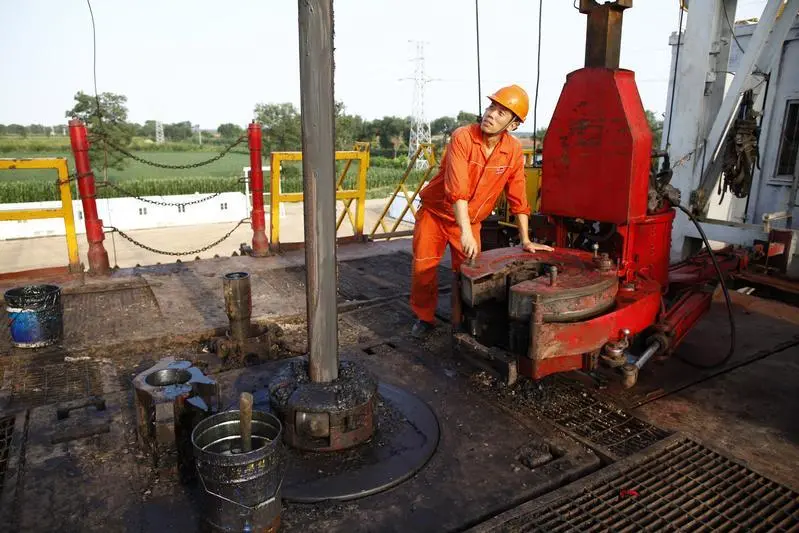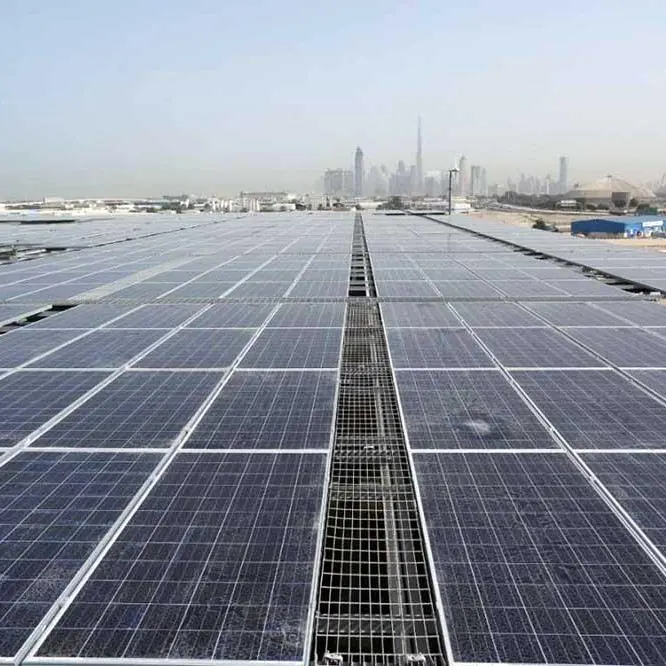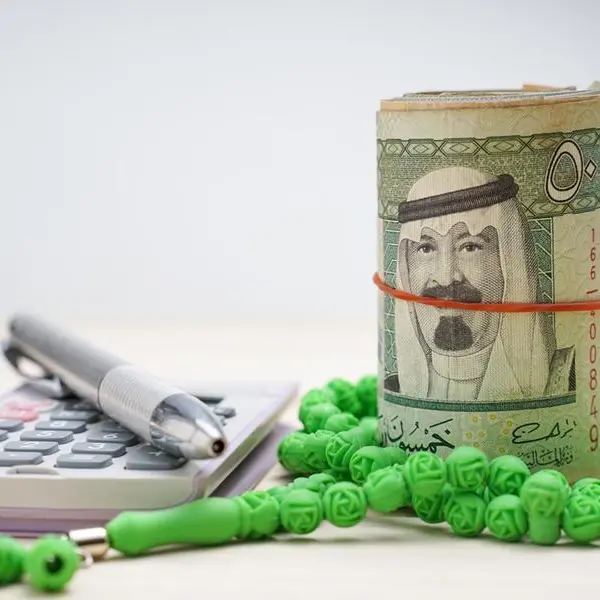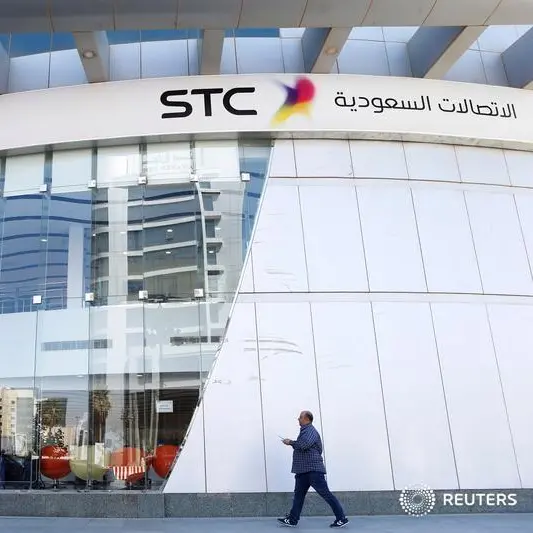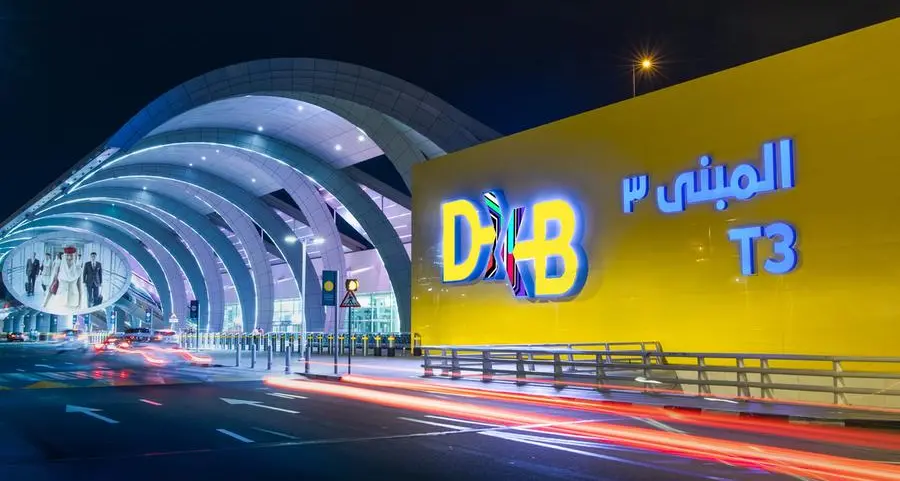PHOTO
(John Kemp is a Reuters market analyst. The views expressed are his own)
LONDON- Brent crude futures prices are trading in contango for the first time in 10 months, as traders anticipate an increase in crude availability during the remainder of 2018.
The Brent calendar spread for the first six months slumped into a contango of 43 cents per barrel on Monday, from a backwardation of $3.50 as recently as April 26.
Brent futures are trading in contango for the four contracts closest to delivery, from September 2018 through January 2019.
Hedge funds and other money managers have sold a large number of long positions in recent weeks, depressing the front-end of the curve.
Portfolio managers tend to hold a majority of their positions in contracts close to expiry because that’s where the liquidity is normally greatest.
Just as position-building by the hedge funds spurred the rise in spot prices and calendar spreads in the second half of 2017 and first quarter of 2018, liquidation is now accelerating the correction.
More fundamentally, traders have reacted to pledges of increased output and exports from Saudi Arabia, Kuwait, the United Arab Emirates and Russia.
Saudi Arabia and its OPEC and non-OPEC allies have responded to pressure from the United States to counter rising prices by increasing their production.
Extra barrels have been loaded in June and July, with more promised in August, ensuring increased availability in the second half of the year.
Fears about slower consumption growth as a result of a strengthening dollar and the intensifying trade conflict between the United States and China are also weighing on oil prices.
Because the oil market is forward-looking, concerns about the strength of consumption growth later in 2018 and 2019 are being discounted back to lower oil prices in the near-term.
EPICYCLE
Spot prices and calendar spreads both exhibit cyclical behaviour at all scales from very short-term (seconds, minutes and days) to longer time horizons (months, quarters and years).
In addition to the principal boom-bust cycle in the oil industry, the time series shows smaller epicycles operating at every scale.
The recent softening of both spot prices and calendar spreads marks the turning of an epicycle underway since mid-2017.
The Brent calendar spread surged from $2.15 contango on June 30, 2017, to $3.50 backwardation on April 26, 2018, before easing down to 43 cents contango on July 23.
Over the same period, hedge fund net long positions in Brent soared from 200 million barrels at the end of June 2017 to peak at 612 million barrels in April 2018 and have now been reduced to 353 million.
The recent softening in spot prices and spreads arguably marks the ending of another epicycle that dates even further back to the start of the cyclical upswing in 2015/2016.
During the recoveries after the last two oil market slumps, dating from 1998 and 2009, spot prices rose for 21 and 26 months respectively before reaching their first major peak, and spreads rose for 21 and 34 months.
In the current expansion, spot prices have risen for around 28 months, reaching their first major peak in May 2018, while spreads have widened for around 39 months, peaking in April 2018.
The current expansion is already relatively mature by most measures and has reabsorbed most if not all the slack inherited from the 2014/15 slump.
Rising prices have started to force a series of mid-cycle adjustments, including a rapid increase in output from U.S. shale firms and OPEC.
The higher prices will likely cause a slowdown in consumption growth, though this may not be evident for some months, given the longer delays in the collection and publication of demand-side data.
Fuel prices in many fast-growing emerging markets are hitting record levels, passing previous peaks in 2007-2008 and 2011-2014, as a result of a stronger dollar and the reduction of subsidies.
GLOBAL ECONOMY
Experience suggests the ending of an epicycle need not mark the overall peak of the oil market cycle.
But whether the current softening in spot prices and spreads turns out to be a temporary pause before the market starts tightening again or a cyclical peak depends critically on what happens with the global economy.
There is now almost no cyclical slack in the oil market, with stocks and spare capacity low. If consumption growth remains brisk it will eventually drive spot prices and spreads higher again to enforce rebalancing.
But macroeconomic distortions and imbalances are starting to accumulate around the world, in a reprise of the end of previous cycles.
Business cycle expansions in the United States and around the rest of the world are relatively mature. Economies are running out of cyclical slack and inflationary pressures are rising.
Interest rates are rising and the U.S. dollar is appreciating against almost all other major currencies.
The United States is still experiencing a strong cyclical expansion, but the combination of tax cuts and rising interest rates is causing significant currency appreciation, threatening to worsen the trade deficit.
Most other advanced economies have shown signs of slowing growth during the first half of 2018, and international trade volumes have started to grow more slowly.
Emerging markets are threatened once again by a combination of rising interest rates, a strengthening dollar and escalating oil prices – a cocktail that has proved dangerous in the past.
None of these distortions is easy to resolve; in the past, they have often preceded a macroeconomic slowdown, with a resulting slowdown in oil consumption growth.
If the United States tries to deal with its growing trade deficit by successfully pushing to weaken the dollar, it is likely to send nominal oil prices surging and reawaken concerns about inflation.
If, on the other hand, the dollar appreciates further, the resulting increase in local fuel costs will hit consumers in the other advanced economies and emerging markets hard, putting downward pressure on crude prices.
(Editing by Emelia Sithole-Matarise) ((john.kemp@thomsonreuters.com; +44 207 542 9726 and on twitter @JKempEnergy))
